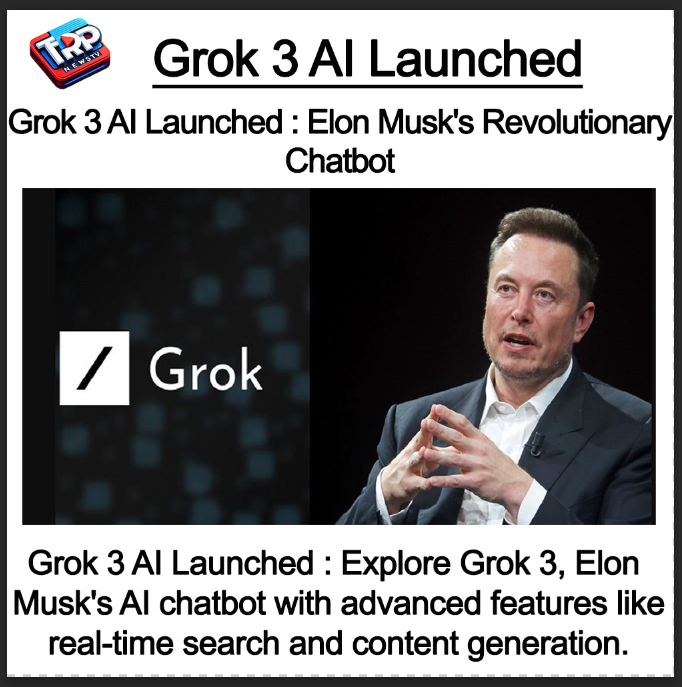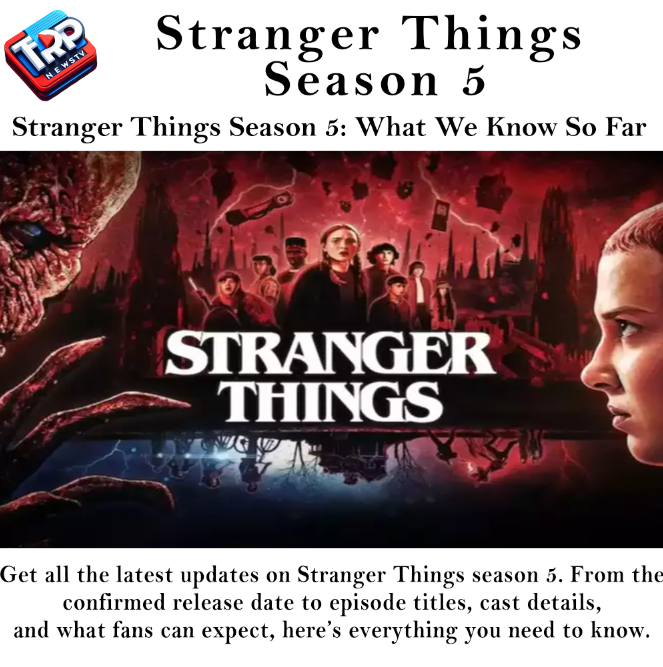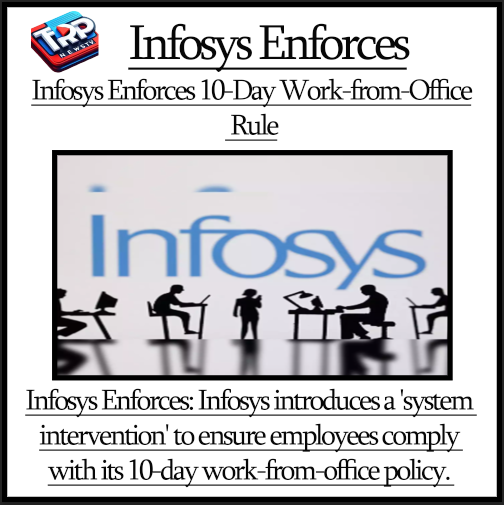Apple Maps Serves Up a Bitter Bite: Misplaced Pin Leaves Restaurant 1,000 Pounds Lighter
This is the unfortunate reality that befell a UK restaurant owner recently. Misdirected by Apple Maps, potential patrons found themselves staring down a dead end instead of the inviting aroma of his establishment. The consequence? Thousands of pounds in lost business and a wave of frustration that quickly went viral.
Imagine pouring your heart and soul into your restaurant, crafting a menu that tantalizes taste buds and an atmosphere that warms hearts. You envision bustling tables, joyous laughter, and the satisfying clinking of cutlery against plates. Then, with a cruel twist of fate, your carefully constructed culinary haven becomes a victim of a digital detour – thanks to a map mishap.
From Buzzing Hotspot to Ghost Town: The Ripple Effect of Misdirection
This isn’t just an isolated incident. In today’s digital age, where maps reign supreme and online reviews hold tremendous sway, a single mapping error can have a devastating domino effect. Customers seeking your culinary haven end up lost and disappointed, sharing their negative experiences online, deterring others from venturing through your door. The carefully curated ambiance feels hollow with empty tables, and the once-joyful clinking of cutlery is replaced by the deafening silence of lost opportunity.
Beyond the Pounds and Pence: The Human Cost of a Mapping Misstep
The financial impact of such misdirection is undeniable. Lost revenue, tarnished reputations, and the added stress of navigating the digital labyrinth to rectify the situation – these are the tangible burdens borne by the restaurant owner. However, the human cost is often overlooked. The passion poured into creating a space of culinary delight can feel deflated, the entrepreneurial spirit dimmed by the frustration of being held hostage to an algorithmic error.
Charting a Course for Change: What Can We Do?
While the responsibility for accurate mapping ultimately lies with technology providers, both restaurant owners and patrons can play a role in mitigating the impact of such mishaps. Here are some steps we can take:
-
Restaurant owners:
- Claim and verify your listing on popular mapping platforms. This allows you to update information and ensure accuracy.
- Encourage customers to leave reviews with detailed directions. The more specific the information, the less likely they are to be misled.
- Stay informed about mapping updates and potential glitches. Proactive awareness can help you address issues before they escalate.
-
Patrons:
- Double-check directions on multiple platforms before setting off. Don’t rely solely on one map.
- Report any mapping errors you encounter. Your feedback can help improve the accuracy of maps for everyone.
- Show empathy and understanding for restaurant owners struggling with such issues. Remember, they’re often the victims of circumstances beyond their control.
A Call for Collaborative Navigation: Towards a Map-tastic Future
Technology has revolutionized many aspects of our lives, and mapping is no exception. However, with great power comes great responsibility. The onus lies on tech giants to prioritize accuracy and implement robust error-checking mechanisms. For restaurant owners and patrons, a spirit of collaboration and understanding is key. By working together, we can ensure that maps guide us to the right destinations, both physical and culinary, and prevent delicious experiences from being lost in the digital wilderness.
Technology has revolutionized many aspects of our lives, including mapping services like Apple Maps. However, when these services lead customers astray, the consequences can be detrimental, as experienced by a UK restaurant owner. This unfortunate incident highlights the importance of accuracy and robust error-checking mechanisms in mapping technology. To prevent such mishaps, it is crucial for tech giants to prioritize these factors. Additionally, fostering collaboration and understanding between restaurant owners and patrons will contribute to a map-tastic future, ensuring that both physical and culinary destinations are easily navigable, and valuable experiences are not lost in the digital wilderness.







